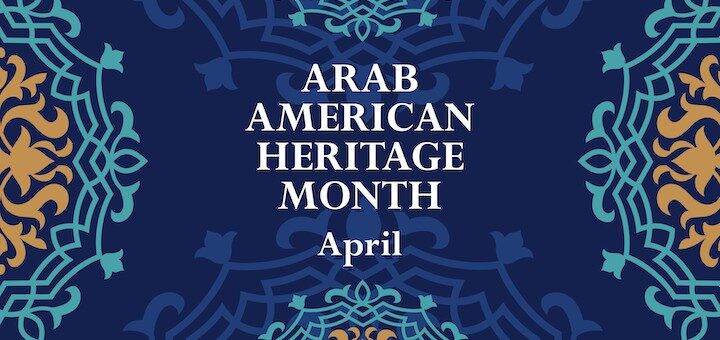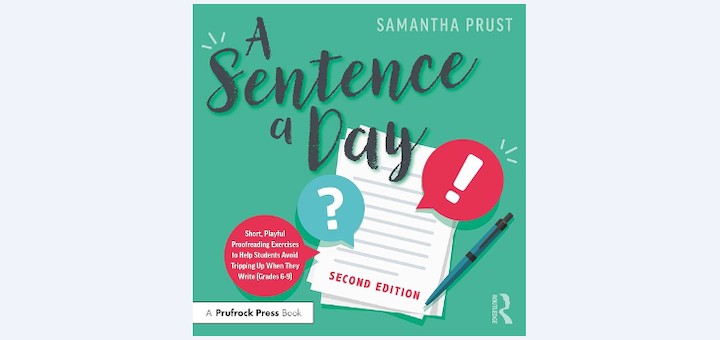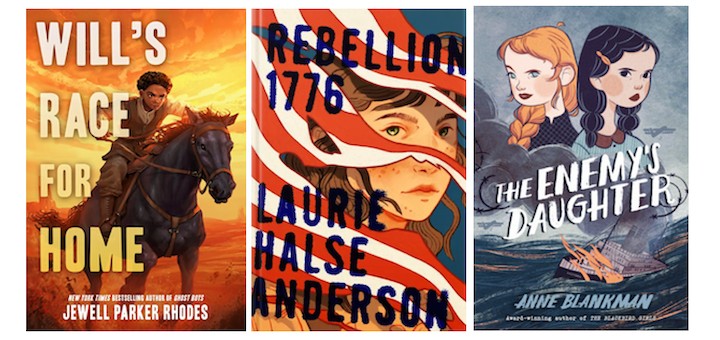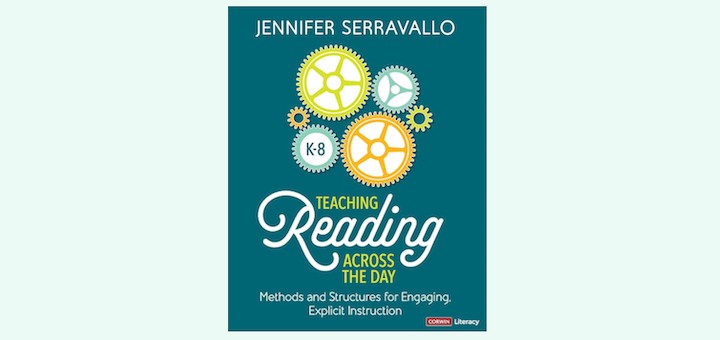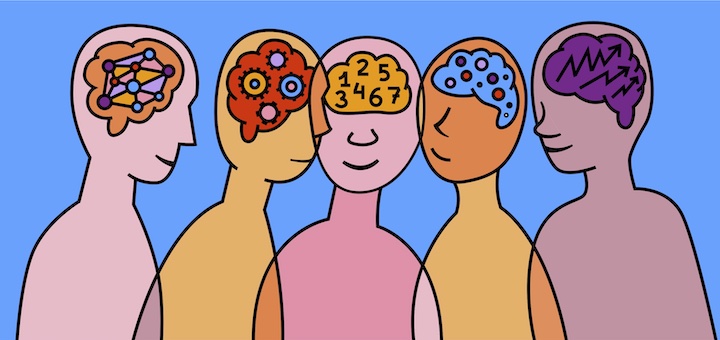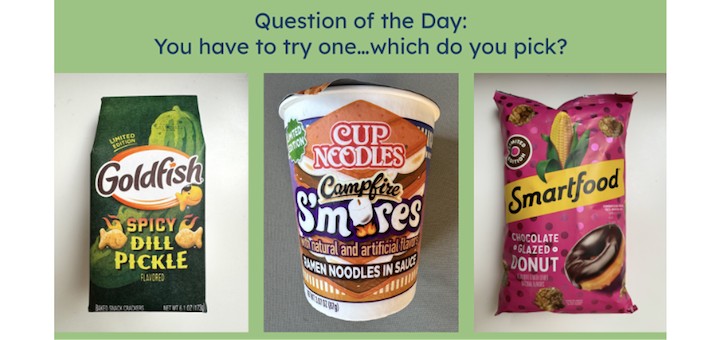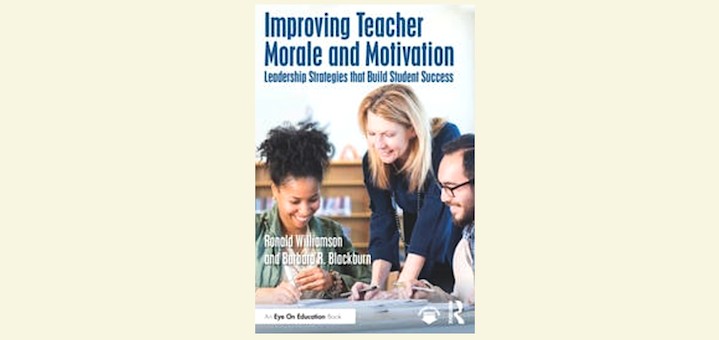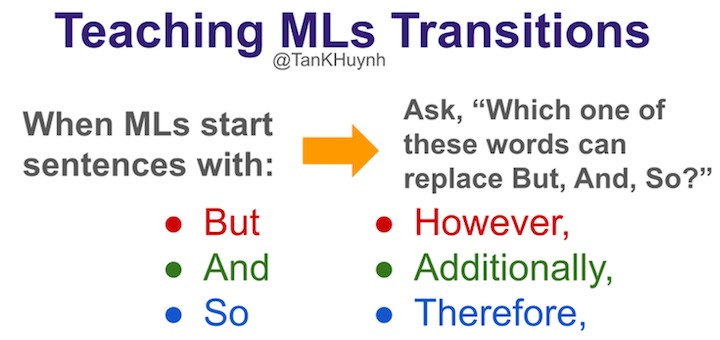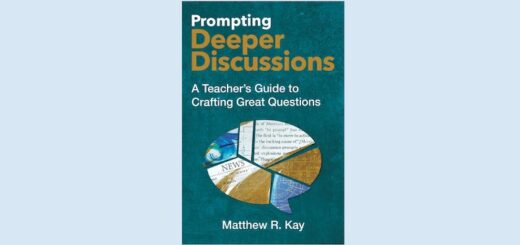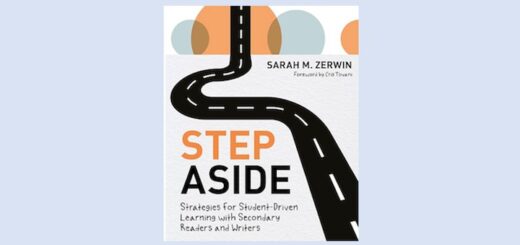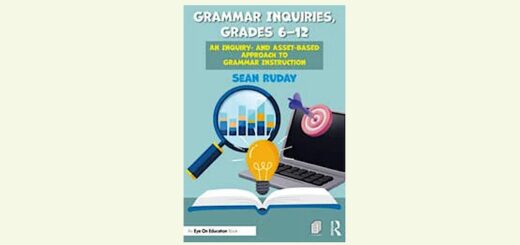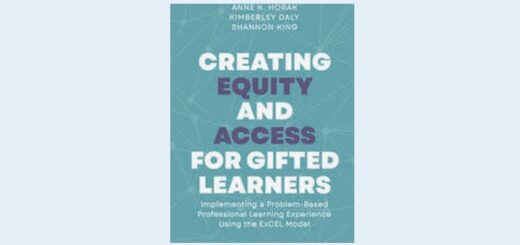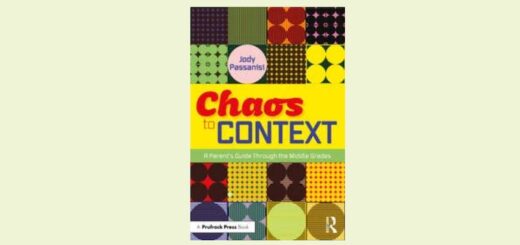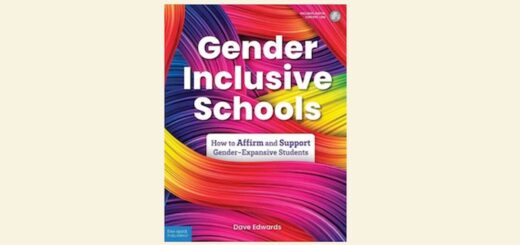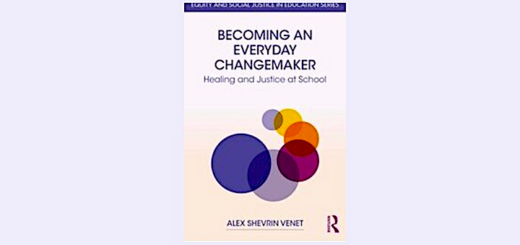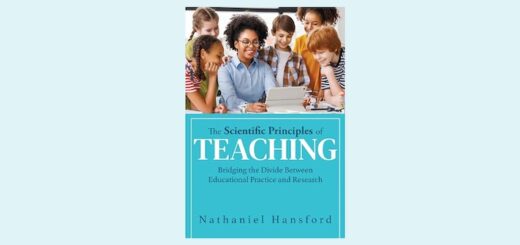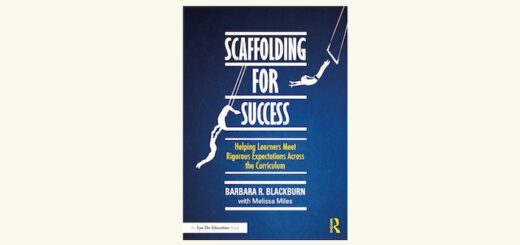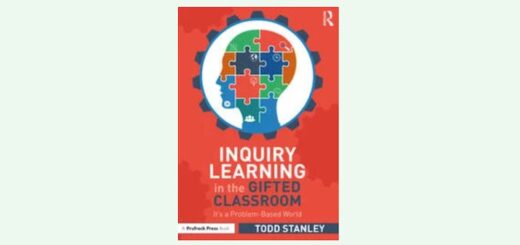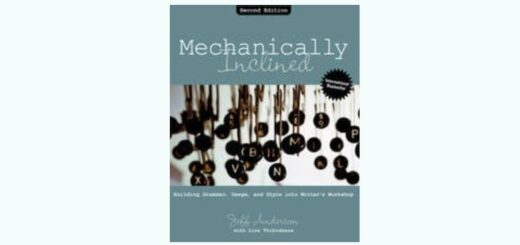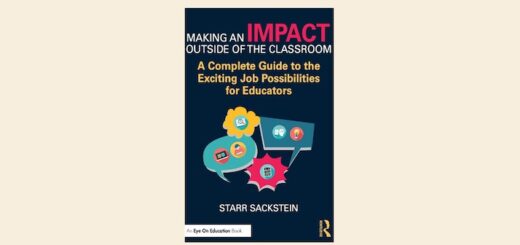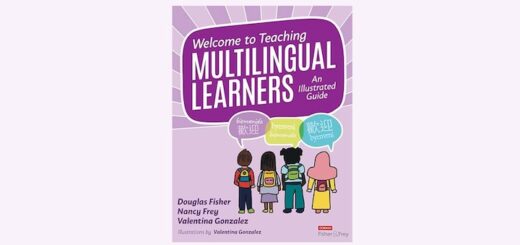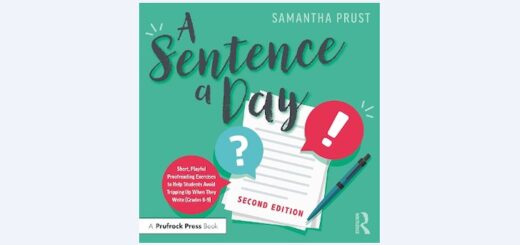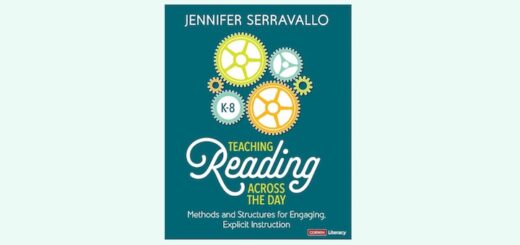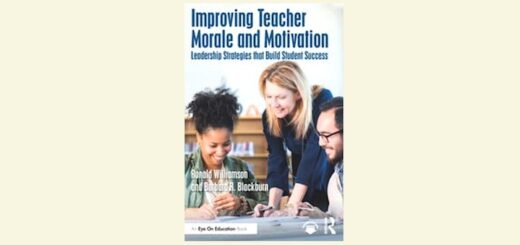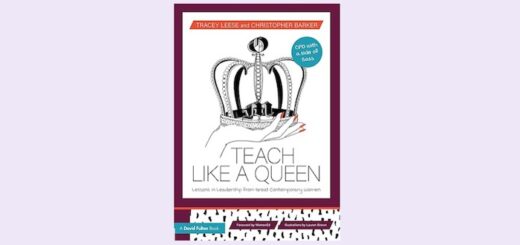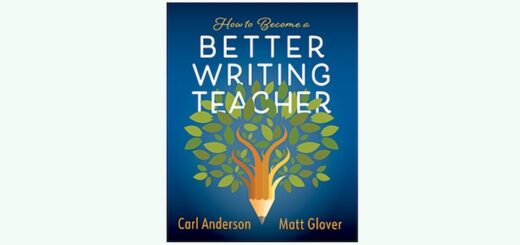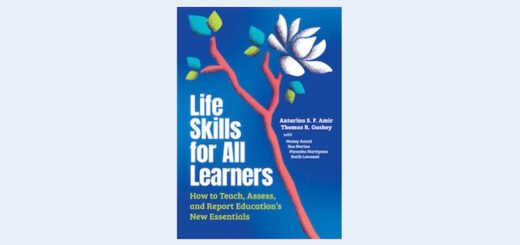Teaching and learning in grades 4-8
During Arab American Heritage Month students explore the diversity within the Arab community, its members’ contributions to the United States, and the discrimination many Arab Americans have faced in the 21st century. This resource collection can help with the exploration.
A Sentence a Day is a powerful, engaging resource for writing instruction that goes beyond typical grammar and sentence-writing exercises. The 20-minute mini-lessons help students develop stronger writing skills with clarity, precision, and creativity, says Kathie Palmieri.
Communication, adaptability, and problem-solving are among the “soft” social-emotional skills that are behind-the-scenes champs of the learning process. Literacy interventionist Kelly Owens shares 10 ways she is weaving the “intangibles” employers prize into existing lessons.
By revealing and humanizing stories from the past, historical fiction fosters curiosity, inspires empathy, stimulates critical thinking, and helps develop understanding of complex issues. Kasey Short shares questions, activities and titles to help students benefit from the genre.
Working with kids in the middle grades has never been harder. We can’t do it alone. Building trust between parents and teachers is crucial, writes middle level leader Jody Passanisi. “When there’s trust, we can work together to support kids through challenges and successes.”
In Teaching Reading Across the Day, Jennifer Serravallo’s blend of theory, research and engaging, explicit practice offers a roadmap for creating a classroom where reading is a central, dynamic component of the learning experience across subject areas, writes Melinda Stewart.
When students learn to both regulate their emotions and apply executive function strategies, they become more engaged learners who are better at managing stress, staying focused, and solving problems. Marilee Sprenger shows how SEL and EF work together in various subject areas.
Megan Kelly understands the learning power of academic conversation. To tap into that power source, she introduces activities that have middle schoolers speaking to each other in a variety of configurations – increasing confidence, growing vocabulary, and building community.
“Improving Teacher Morale and Motivation” by Ronald Williamson and Barbara Blackburn provides school leaders with key strategies for directly addressing teacher morale and effectiveness. Systems coach Matt Renwick reflects on three of the book’s valuable principles.
Tan Huynh shares an effective, easy-to-implement process to teach multilinguals how to organize their academic writing by building sentence-by-sentence transitions. See how he leads students through the process of applying time-based transitions and subordinating conjunctions.

